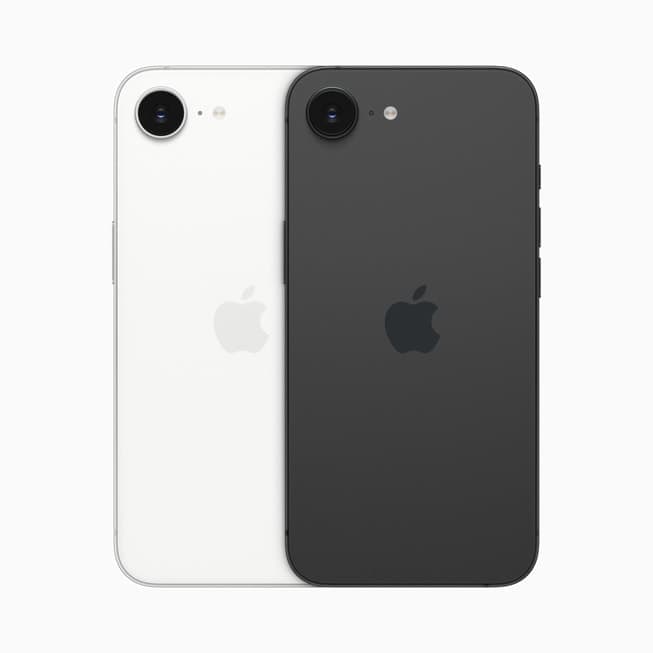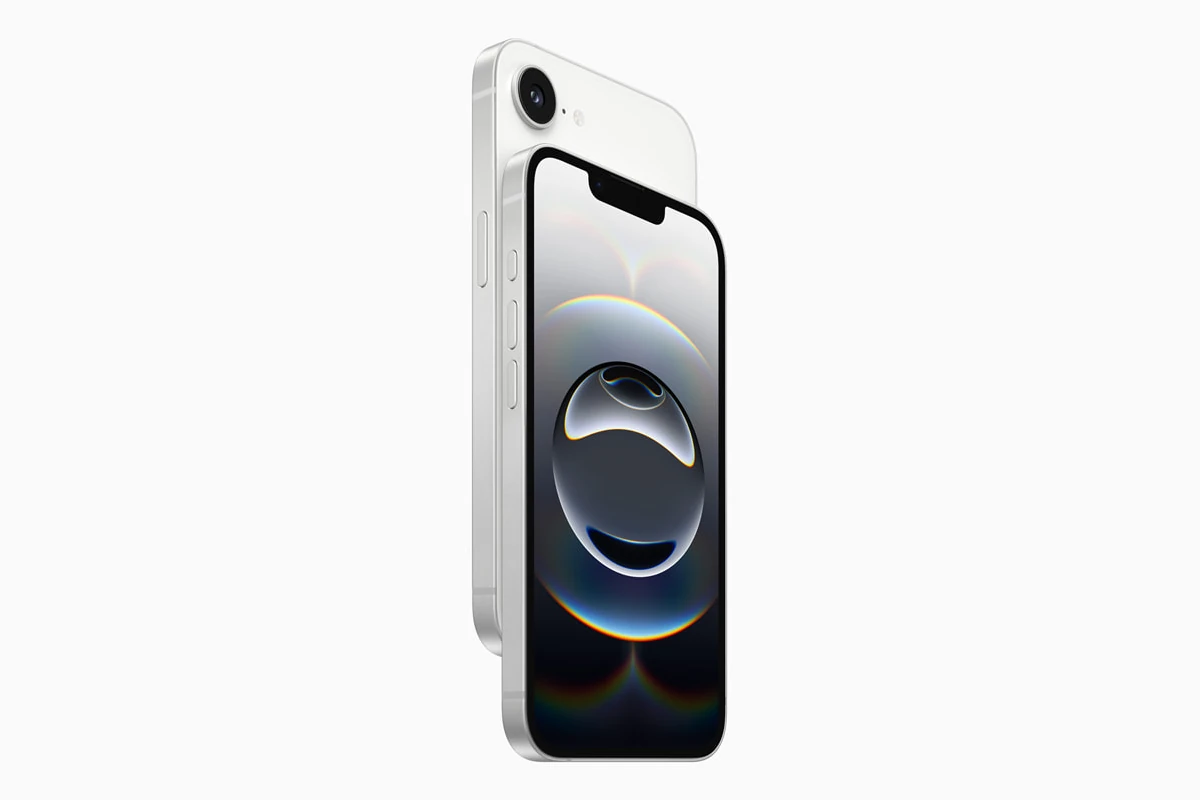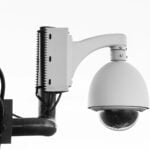Apple’s iPhone 16 lineup has arrived with notable size differences across the models. The standard iPhone 16 maintains a compact 6.1-inch display while weighing just 6.00 oz (170g), making it the lightest option in the family. The iPhone 16 Pro Max features the largest display ever on an iPhone at 6.9 inches, while weighing in at 8.01 oz (227g), creating a significant size distinction between the base and premium models.
The new iPhone 16e joins the lineup with similar display quality to the standard model, sharing the same pixel density of 460 pixels per inch despite minor differences in resolution. This provides essentially the same viewing experience across these models, though their physical dimensions differ. The iPhone 16 Plus and Pro models fill out the middle range with their respective size and weight combinations, giving consumers several options based on their preferences for screen real estate and portability.

Apple’s iPhone 16 lineup includes six models:
- iPhone 16
- iPhone 16 Plus
- iPhone 16 Pro
- iPhone 16 Pro Max
- iPhone 16e (budget-friendly option)
- iPhone 16 SE (compact option in some regions)
Below is a breakdown of dimensions, weight, and display sizes across the lineup.
🔹 iPhone 16
- Display: 6.1 inches (Super Retina XDR OLED)
- Dimensions: ~147.6 x 71.6 x 7.8 mm
- Weight: ~173 g
- Best for: Users who want a standard-sized iPhone that balances portability and screen space.
🔹 iPhone 16 Plus
- Display: 6.7 inches
- Dimensions: ~160.9 x 77.8 x 7.8 mm
- Weight: ~201 g
- Best for: Those who like a big screen for media, browsing, and gaming, but don’t need Pro features.
🔹 iPhone 16 Pro

- Display: 6.3 inches (slightly larger than iPhone 15 Pro’s 6.1″)
- Dimensions: ~149.6 x 71.4 x 8.3 mm
- Weight: ~194 g (titanium frame keeps it light)
- Best for: Power users who want Pro features (better cameras, faster chip) in a more compact body.
🔹 iPhone 16 Pro Max
- Display: 6.9 inches (largest ever on an iPhone)
- Dimensions: ~163 x 77.6 x 8.3 mm
- Weight: ~221 g
- Best for: Creators, gamers, and anyone who wants the biggest screen and longest battery life.
🔹 iPhone 16e
- Display: 6.1 inches
- Dimensions: Very similar to iPhone 16, but with a slightly thicker build
- Weight: ~180 g
- Best for: Budget-conscious buyers who want modern iPhone features without Pro pricing.
🔹 iPhone 16 SE
- Display: 5.7 inches (compact option)
- Dimensions: ~138 x 67 x 7.8 mm
- Weight: ~150 g
- Best for: Fans of smaller phones that are pocket-friendly and lightweight.
📊 Quick Comparison Table
| Model | Display | Dimensions (mm) | Weight | Notes |
|---|---|---|---|---|
| iPhone 16 | 6.1″ | 147.6 × 71.6 × 7.8 | 173 g | Standard model |
| iPhone 16 Plus | 6.7″ | 160.9 × 77.8 × 7.8 | 201 g | Larger non-Pro |
| iPhone 16 Pro | 6.3″ | 149.6 × 71.4 × 8.3 | 194 g | Compact Pro |
| iPhone 16 Pro Max | 6.9″ | 163 × 77.6 × 8.3 | 221 g | Largest screen |
| iPhone 16e | 6.1″ | ~148 × 72 × 8.1 | 180 g | Budget option |
| iPhone 16 SE | 5.7″ | ~138 × 67 × 7.8 | 150 g | Smallest model |
(Source: Apple, MacObserver, SimplyMac)
✅ Key Takeaway:
- If you want compact & light → iPhone 16 SE
- If you want balanced size → iPhone 16 or 16 Pro
- If you want big screen → iPhone 16 Plus
- If you want the ultimate iPhone → iPhone 16 Pro Max
iPhone 16e Size Comparison
Apple’s 2025 lineup introduced the iPhone 16e as a more affordable entry-level option alongside the standard iPhone 16. While both share many similarities, there are subtle differences in size, weight, and dimensions that are worth noting.
🔹 iPhone 16e vs iPhone 16: Dimensions
| Model | Height | Width | Thickness | Weight |
|---|---|---|---|---|
| iPhone 16e | 146.7 mm (5.78 in) | 71.5 mm (2.82 in) | 7.8 mm (0.31 in) | ~172 g |
| iPhone 16 | 147.6 mm (5.81 in) | 71.6 mm (2.82 in) | 7.8 mm (0.31 in) | ~173 g |
✅ Key takeaway:
- The iPhone 16e is just slightly shorter and lighter than the iPhone 16.
- Width and thickness are essentially identical.
- Both feel nearly the same in hand, with the difference only noticeable if you compare them side by side (source: Apple, PhoneArena).
🔹 Display Sizes
- iPhone 16e → 6.1‑inch Super Retina XDR display
- iPhone 16 → 6.1‑inch Super Retina XDR display
Both models have the same screen size, so the difference in physical dimensions doesn’t affect display area.
🔹 Size in Context with Other iPhones
- iPhone 16 & 16e → Similar to iPhone 15 and iPhone 14 in size.
- iPhone 16 Plus → Larger at 6.7 inches.
- iPhone 16 Pro / Pro Max → Slightly different dimensions due to titanium build and slimmer bezels.
So, if you’re upgrading from an iPhone 13, 14, or 15, the iPhone 16 and 16e will feel very familiar in hand (source: MacObserver).
🔹 Which One Should You Choose?
- Choose iPhone 16e if you want:
- A slightly cheaper option
- Nearly identical size and feel to iPhone 16
- Same display size without paying extra
- Choose iPhone 16 if you want:
- Slightly more premium features (better camera and Apple Intelligence optimizations)
- A tiny bit taller body that matches the rest of the iPhone 16 lineup
✅ Bottom Line:
The iPhone 16e and iPhone 16 are almost identical in size — both offer a 6.1-inch display, slim 7.8 mm thickness, and similar weight. The main difference is that the 16e is just a fraction shorter and lighter, making it Apple’s new entry-level option without compromising much on form factor.
Key Takeaways
- The iPhone 16 lineup ranges from the compact 6.1-inch standard model to the massive 6.9-inch Pro Max version.
- All iPhone 16 models maintain the same 460 pixels per inch density despite differences in overall resolution.
- Size and weight variations across the lineup offer options for users who prioritize either portability or screen real estate.
Design and Display Innovations
The iPhone 16 lineup introduces significant advancements in screen technology and physical design. Apple has refined both the aesthetic and functional elements while increasing display sizes across multiple models.
Revolutionizing Size and Screen Technology
The iPhone 16 series offers varied display sizes to suit different preferences. The standard iPhone 16 maintains a 6.1-inch Super Retina XDR OLED display, while the iPhone 16 Plus features a larger screen.
For professionals seeking more screen real estate, the Pro models introduce expanded dimensions. The iPhone 16 Pro now boasts a 6.3-inch display, up from the previous 6.1 inches. The Pro Max takes this further with an impressive 6.9-inch display.
All models utilize Super Retina XDR OLED technology, delivering vibrant colors and deep blacks. Resolution differences exist between models, with the entry-level iPhone 16e having a slightly different resolution (2,532 by 1,170) compared to the standard iPhone 16.
Dynamic Island and Always-On Display
The Dynamic Island continues across the iPhone 16 lineup, replacing the traditional notch with an interactive space for notifications and live activities. This feature seamlessly integrates with iOS to provide contextual information without disrupting the user experience.
Pro models retain the Always-On display technology, allowing users to view essential information without waking the device fully. This feature intelligently preserves battery life by dimming the screen while maintaining visibility.
ProMotion technology remains exclusive to the Pro models, enabling refresh rates up to 120 frames per second. This technology adjusts dynamically based on content, ensuring smooth animations while conserving battery when displaying static content.
True Tone technology adjusts white balance automatically across all models, making displays more comfortable to view in different lighting environments.
Camera and Video Capabilities
The iPhone 16 series brings significant enhancements to both photography and videography capabilities across all models. Camera systems have been upgraded with better sensors and computational photography features that make a notable difference in image quality.
Advanced Photography with the iPhone 16 Series
The regular iPhone 16 features a dual-camera system with a 48MP Fusion main camera that has an f/1.6 aperture. This wider aperture allows more light to reach the sensor, resulting in better low-light photography. It’s paired with a 12MP ultra-wide camera that enables macro photography.
The iPhone 16 Pro models take photography further with an improved 24mm main camera sensor. Apple now calls this the “Fusion camera” – a 48MP powerhouse that captures more detail than previous generations.
The iPhone 16e offers a more streamlined camera setup with a single 48MP Fusion camera on the rear. While it lacks the ultra-wide lens found on the standard iPhone 16, it still delivers excellent photo quality for everyday shooting.
All models feature enhanced Night mode capabilities and improved Photographic Styles. Portrait mode has been refined across the lineup, with the Pro models offering the best edge detection and background blur.
Professional-Grade Videography
Video recording capabilities have been significantly upgraded in the iPhone 16 series. All models support 4K video recording at various frame rates, with Dolby Vision HDR support for more dynamic range and color accuracy.
The Pro models excel with expanded ProRes video recording options that professionals will appreciate. These models offer more control over video settings and better stabilization for smoother footage.
Slow-motion video recording has been improved across the lineup, with higher frame rates available at 1080p resolution. The autofocus system works remarkably well during video recording, keeping subjects sharp even in challenging lighting conditions.
The front cameras have also received upgrades, supporting 4K video recording for high-quality vlogging and video calls. Video playback is enhanced by the improved displays, particularly on the Pro models with their brighter screens.
Frequently Asked Questions
Size comparisons between iPhone 16 models reveal important differences in dimensions, weight, and screen size. These factors often influence purchasing decisions and how the phone feels during everyday use.
What are the dimension differences between the iPhone 16 models?
The iPhone 16 and iPhone 16E have similar aluminum designs but differ slightly in size. The iPhone 16E is shorter and lighter at 167 grams compared to the iPhone 16 at 170 grams.
This small weight difference might not be noticeable to most users, but it represents Apple’s effort to differentiate the models in the lineup.
The Pro models feature different dimensions than the standard models, with generally larger sizes to accommodate their premium features.
How does the iPhone 16 Pro Max compare in size to the iPhone 16 Plus?
The iPhone 16 Pro Max is the largest model in the lineup, featuring premium materials that make it slightly heavier than the iPhone 16 Plus.
While both phones offer larger displays, the Pro Max includes additional camera hardware and premium construction that affects its overall dimensions and weight distribution.
The Plus model provides a larger screen similar to the Pro Max but maintains the design language of the standard iPhone 16.
Can you list the screen sizes for the iPhone 16 Pro and iPhone 16 Pro Max?
The iPhone 16 Pro features a display that supports ProMotion technology for smoother scrolling and better responsiveness.
The iPhone 16 Pro Max offers the largest screen in the lineup, giving users maximum viewing area for content consumption and productivity.
Both Pro models feature higher quality displays with better brightness and color accuracy compared to the standard models.
What should be considered when choosing between the iPhone 16 Pro and iPhone 16 Plus based on size?
The $200 price difference between standard and Pro models brings significant upgrades, including display improvements with ProMotion technology in the Pro models.
Users should consider whether they prefer the larger screen size of the Plus model or the premium features of the Pro model despite potential size differences.
Hand size and carrying preferences matter significantly—larger phones offer better viewing experiences but may be less comfortable in smaller hands or pockets.
How does the size of the iPhone 16 compare with previous iPhone generations such as the iPhone 14 and 15?
The iPhone 16 maintains a similar form factor to the iPhone 15 but with some refinements to the design and dimensions.
Compared to the iPhone 12, there have been more noticeable changes in the overall dimensions and screen-to-body ratio over multiple generations.
Apple has generally moved toward larger screens while keeping physical dimensions relatively consistent through reduced bezels and improved design.
Are there any significant size advantages to the iPhone 16 Pro over previous Pro models?
The iPhone 16 Pro offers subtle refinements over previous Pro models rather than dramatic size changes.
These refinements focus on better ergonomics, improved weight distribution, and more efficient use of the device’s internal space.
Camera components remain a key factor affecting the size of Pro models, with the advanced camera systems requiring more physical space than standard models.







